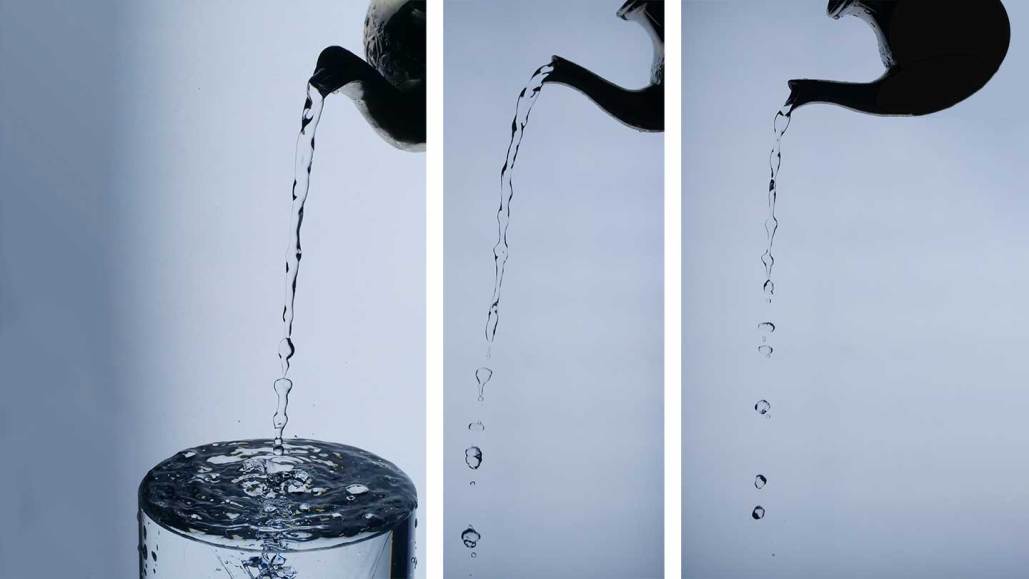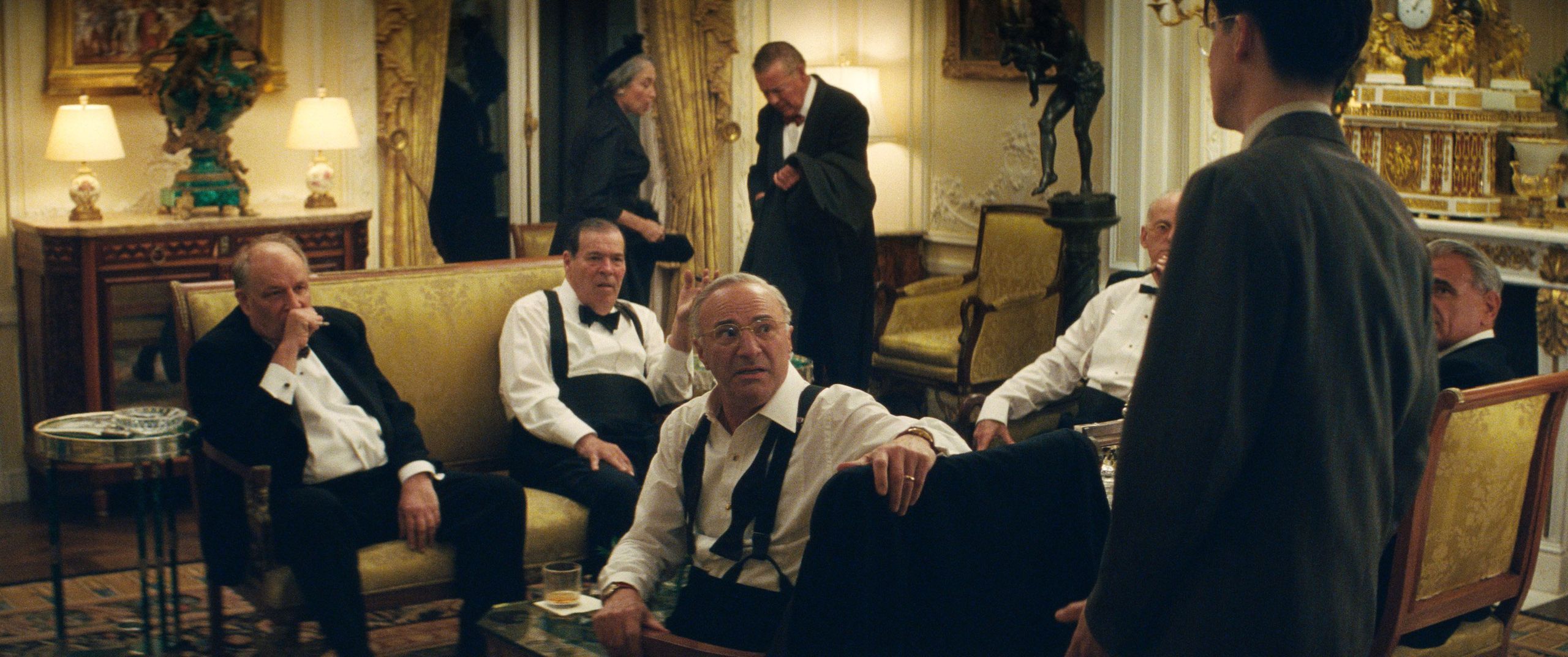The Scientific Explanation Behind the Gurgling Sound of Pouring Water

The pleasant sound of water filling a cup can quench your thirst just thinking about it. On the other hand, it might awaken your inner scientist's curiosity.
A group of researchers, including mechanical engineer Mouad Boudina, strove to comprehend how the conditions of the pour influenced the volume of this particular sound. They found that the sound's intensity was primarily determined by the ripples created in the falling stream of water.
When water descends, a phenomenon known as the Rayleigh-Plateau instability causes the once smooth column to develop uneven lumps that eventually form into droplets. These ripples, when they hit the liquid's surface, create air bubbles that vibrate and result in sound.
In a laboratory setting, the researchers found that pouring water from a tube close to the water container's surface creates no discernible sound as the water doesn't have the distance to ripple. In contrast, water poured from greater heights forms bumps in the stream and consequently a louder noise, according to Mouad Boudina, of Seoul National University in South Korea, and his team. Their findings were published in the December edition of Physical Review Fluids.
The expansive water stream also played a role in the sound production. Slender streams produced louder sounds than their thicker counterparts when poured from an equal height. This higher volume is due to the thin streams forming ripples faster than the thicker ones during their descent.
The researchers discovered that when the pouring height is significant enough for the water to disintegrate into individual droplets, the droplets' size becomes the determinant for the resulting sound. Hence, thicker streams that form larger droplets produce louder sounds than thinner ones.




